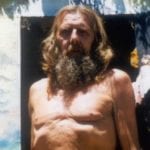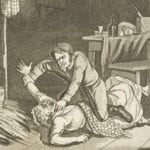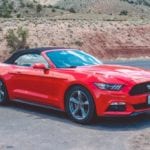 Religion
Religion  Religion
Religion  Weird Stuff
Weird Stuff 10 Horrifying Final Destination-Like Accidents
 Movies and TV
Movies and TV 10 Music Biopics That Actually Got It Right
 History
History 10 Momentous Events That Also Occurred on July 4th
 Animals
Animals 10 Times Desperate Animals Asked People for Help… and Got It
 Movies and TV
Movies and TV 10 Movie Flops That Found Their Way to Cult Classic Status
 History
History 10 Things You Never Knew About Presidential First Ladies
 Movies and TV
Movies and TV 10 Zombie Movies That Will Actually Terrify You
 Humans
Humans 10 Times Scientists Were Absolutely Sure… and Absolutely Wrong
 Our World
Our World 10 Pivotal Moments for Life on Earth
 Religion
Religion 10 Innovations and Discoveries Made by Monks
 Weird Stuff
Weird Stuff 10 Horrifying Final Destination-Like Accidents
 Movies and TV
Movies and TV 10 Music Biopics That Actually Got It Right
Who's Behind Listverse?

Jamie Frater
Head Editor
Jamie founded Listverse due to an insatiable desire to share fascinating, obscure, and bizarre facts. He has been a guest speaker on numerous national radio and television stations and is a five time published author.
More About Us History
History 10 Momentous Events That Also Occurred on July 4th
 Animals
Animals 10 Times Desperate Animals Asked People for Help… and Got It
 Movies and TV
Movies and TV 10 Movie Flops That Found Their Way to Cult Classic Status
 History
History 10 Things You Never Knew About Presidential First Ladies
 Movies and TV
Movies and TV 10 Zombie Movies That Will Actually Terrify You
 Humans
Humans 10 Times Scientists Were Absolutely Sure… and Absolutely Wrong
 Our World
Our World 10 Pivotal Moments for Life on Earth
10 Strange Things Everyone Should Know About Vermont
If a Vermonter abroad is asked what state they’re from, about half of the time the people asking won’t even have heard of Vermont, while the other half will think that it’s in Canada. In the interests of avoiding such an awkward situation, here are 10 facts about Vermont that you probably never knew.
10Vermont’s Loch Ness Monster
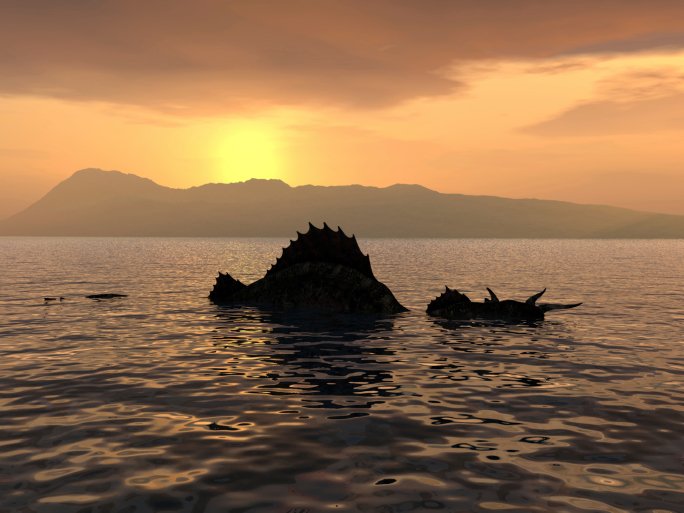
Scotland’s Loch Ness isn’t the only place with an epic lake monster; Lake Champlain is rumored to be home to a shy and friendly creature named Champ. Unfortunately, photographs of the supposedly ancient creature have basically been debunked. The best picture was taken in 1977 and an investigation by the Discovery Channel showed that the creature depicted was almost certainly a decomposing tree trunk. Most evidence comes from eyewitness accounts, almost all of which occurred in the 1980s.
There are also contested historical accounts of a local Native American tribe, the Abenaki, who warned French explorers to be wary of the monsters in the lake. Whether those monsters were Champ or a reference to other large marine life is up for debate. Still, the legend endures, and new pictures, videos, and eyewitness accounts surface every couple of years. The local Minor League Baseball team is named The Vermont Lake Monsters, capitalizing on Champ’s fame.
9Billboards Are Illegal
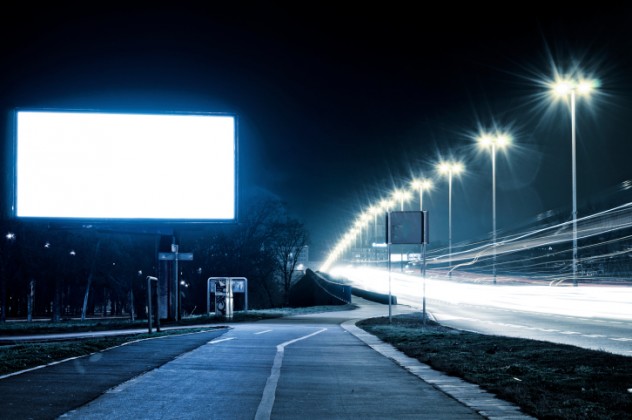
Driving through Vermont you’ll notice one huge difference from the rest of the nation—there are no billboards. Since 1968, the state has banned billboards in order to preserve Vermont’s natural beauty. Road signs are strictly controlled and you won’t see exit signs with logos for McDonalds or Texaco. Even signs on a company’s own premises are carefully regulated. The ban has been a boon for tourism, since visitors can come to the state without worrying about their views being obscured by ugly signage.
The first exception to the rule was granted to the town of Bellows Falls in 2008. A hand-painted mural advertising downtown Bellows Falls became the subject of debate, but the Legislature ultimately voted to allow it to remain. The ruling opened up the possibility for signs—but only if they are hand-painted murals endorsing a downtown area. The mural also has to be on a building that has been around for at least 25 years, and all of this has to happen within five kilometers (three miles) of the place being advertised.
8Vermont Was An Independent Country
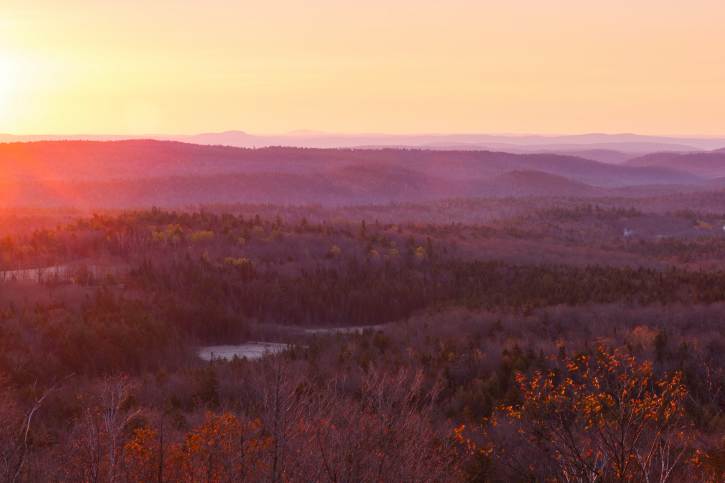
Vermont’s unique infrastructure and culture make it fairly self-reliant and there is a vibrant movement pushing for Vermont’s secession, particularly active during George W. Bush’s Presidency. Spurred by a fiercely independent and pioneering spirit, supporters are proponents of local and small-scale industry and farming. The movement is called the Second Vermont Republic—because, long ago, there was a first republic.
Before Vermont became the 14th state, it was an independent country for 14 years. Prior to 1777, New York and New Hampshire were vying over Vermont’s green hills. In response to the fierce fight over their land, Vermonters gathered together and declared independence in July 1777. The Vermont nation printed its own currency, ran an independent postal service, and outlawed slavery (Vermont was also the first state to prohibit slavery in its constitution). Vermont was eventually admitted to the union in 1791, a transition eased by the way the republic’s government was modeled—the leader was called Governor and the official country name was “State of Vermont.”
7Lake Champlain Was One Of The Great Lakes
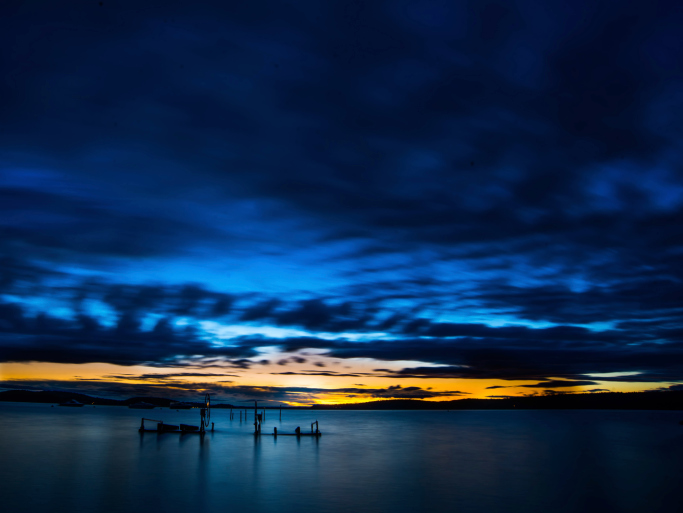
Lake Champlain, which runs almost the entire length of the border between New York and Vermont, is the sixth largest interior body of water in the United States—only the Great Lakes are bigger. As the Missisquoi Bay, it also extends into Canada. Back in March 1998, then-President Bill Clinton signed a bill that officially declared Lake Champlain the sixth Great Lake. The campaign for Great Lake status had been spearheaded by long-serving Vermont Senator Patrick Leahy. The designation allowed research at the lake to be considered for funding by the National Sea Grant Program.
Just a few weeks later, the Senate repealed the bill, followed shortly afterward by the House of Representatives. The uproar over the slyly-passed motion was led by politicians from the Great Lakes region. Ridiculous newspaper headlines labeled Leahy the fourth stooge. But while the Midwest was busy laughing at him, Leahy had already achieved his aim. His ultimate goal was not to make Champlain a Great Lake, but to make Vermont eligible for the National Sea Grant (a benefit the state retained as a part of the agreement to revoke Champlain’s Great Lake status). One simple sentence in a long bill caused a national controversy, but in the end Vermont got the grant money and everyone went home happy.
6Maple Syrup Pride

What would a list about Vermont be without a mention of maple syrup? A bad one, presumably. Vermont is the largest producer of maple syrup in the United States, churning out 35 percent of the nation’s supply. Vermont’s long tradition of tapping the local maples means that almost every community is full of families that make their own syrup—some might be big producers and sell their products worldwide, but most are smaller unofficial producers, who make syrup only for family and friends.
In fact, Vermonters love their syrup so much that there are laws regulating what can be called “maple.” When McDonald’s came out with a breakfast product called Fruit and Maple Oatmeal, it did not go down well in the state, since the conglomerate wasn’t using real maple in the oatmeal. After official action by Vermont’s Agency of Agriculture, McDonald’s changed the menu for all 28 Vermont locations. Instead of artificial flavor, Vermont McDonald’s offered either a tablespoon of pure Vermont maple syrup or a teaspoon of pure Vermont maple sugar.
5Warrant For Bush And Cheney
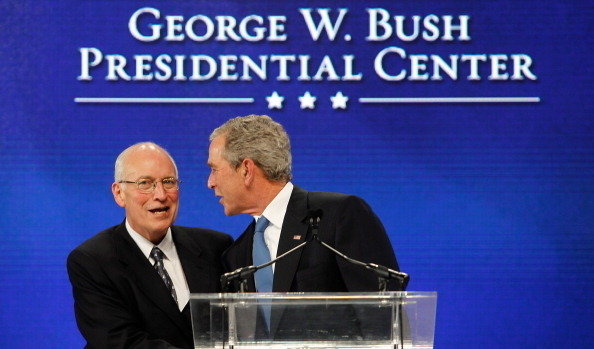
Two towns in Vermont made history in 2008 when they passed resolutions calling for the arrest of then-President George W. Bush and his Vice President, Dick Cheney. The act, which was mainly symbolic in nature, resulted in a citizens’ warrant for the arrest of both men if they ever stepped foot in Brattleboro or Marlboro, on the grounds that they had violated the Constitution. The resolutions claimed that, if arrested, the pair would be “extradited for prosecution.” Although the voters couldn’t actually grant the police the power to act on the citizens’ warrant, it did make a big statement about how unhappy people were with the administration. George W. never did visit Vermont, so Brattleboro didn’t get the chance to try and arrest him. Barack Obama’s quick stop in early 2012 was the first Presidential visit to Vermont in almost 20 years.
Brattleboro itself is a quirky little village on the edge of the Connecticut River, with decidedly left-leaning political views. Although they did swing the other way in 2007—while the rest of the state has no law against nudity in public, Brattleboro had to implement an ordinance making it illegal to go about your business in the nude. Before the new law, teens had been staging naked hula hoop contests and riding their bikes, sans clothing, around the downtown area. That wasn’t the worst of it, apparently an elderly tourist visiting from the Southwest decided it would be a good idea to go sightseeing in his birthday suit. The moral of the story is that even the most liberal Vermont towns have their limits.
4Snowboarding
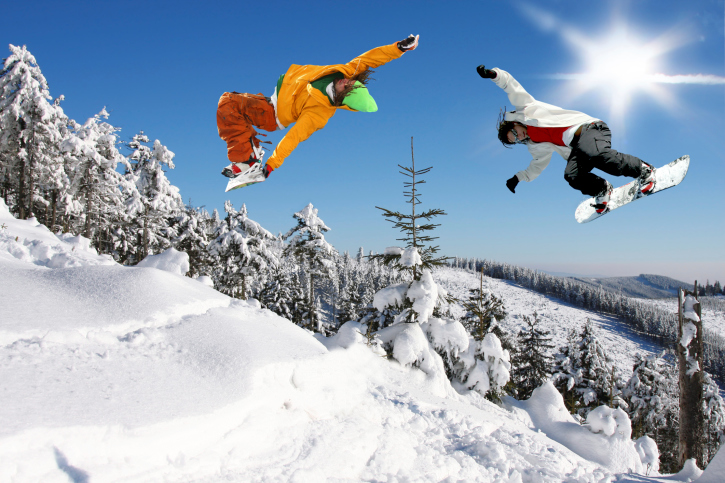
Vermont lays claim to being a key location in the history of snowboarding. Snowboarding was initially inspired by surfing—early snowboarders rode “snurfers” and called themselves by the same name. These early boards had no straps and the only control was a rope attached to the front of the board. Things started to change when Jake Burton, a former ski racer, fell in love with snurfing and began making pioneering innovations in the sport. Being based in Vermont, Burton had to get the boards to work on packed terrain, which meant his designs were globally applicable. His small company, initially based out of a barn in South Londonerry, soon grew into the biggest snowboarding company in the world—a company that still has its headquarters in Vermont.
Vermont is also one of only two states in the nation to offer snowboarding as a varsity sport with a state championship. Many high schools are located right next to ski resorts, making attending practice a breeze for students. Despite being the second least-populated state in the nation, Vermont has dozens of homegrown snowboarding champions, and helped shape the former experimental joyride into a legitimate Olympic sport. But that doesn’t mean Vermont’s contributions have always been without controversy. When Burton designed the uniforms for the 2014 USA Olympic Snowboarding Team, some people were outraged to discover that they were going to be made in other countries—the fabric was manufactured in Italy and Vietnam and assembled in Taiwan and Japan.
3Native Americans

Vermont was slow to officially recognize local Native American tribes. The same drive for natural preservation that led to the billboard ban also sparked fears that recognizing tribes could increase their chances for federal recognition, which would in turn mean they could build casinos and make claims on land. Archaeology supports the long history of American Indians in Vermont—a Paleo-Indian site found in Ludlow is around 11,000 years old.
By 2012, four Abenaki Nation bands, collectively known as the Abenaki Alliance, had been officially recognized by the state. The move to acknowledge these groups is seen as vital to help exorcise Vermont’s dark history of eugenics. Vermont performed 253 forced sterilizations in the 1930s and ’40s. Many of those sterilized were Abenaki Native Americans.
2Ice Cream And Cows

Ben & Jerry’s might be an internationally recognized brand now, but they still have their headquarters in Vermont. They even give their ice cream waste to local farmers to feed to their hogs. The local love for dairy is deep—Brattleboro hosts an annual “Strolling of the Heifers” festival every summer. At one point in history, Vermont had more cows than people. Even today, the state has the highest ratio of cows to people in the country, with one cow for every 3.8 Vermonters.
Vermont is taking advantage of that fact to push a form of alternative energy appropriately dubbed “Cow Power.” Cows create a lot of waste—every day the average cow produces 30 gallons (114 liters) of manure. While manure has long been used as fertilizer, it’s now being hailed as a renewable energy resource. Bacteria in a large tank breaks down the manure, producing methane gas. This gas is then captured and used to power generators.
1Health And Education

Vermont is a relatively poor and rural state, but it regularly comes out on top in nationwide rankings of health, happiness, and intelligence. In 2013, Vermonters were ranked as the country’s fifth happiest residents, based on such factors as life expectancy, obesity, household income, and high school graduation rates. Vermonters report eating more servings of fruits and vegetables per week than people in any other state. The results chimed with a 2013 study by the University of Vermont, which put the state in the top five for happiest Twitter users.
In 2013, Hawaii overtook Vermont as healthiest state, thanks largely to an increase in binge drinking and the number of children in poverty. Meanwhile, US Census education data was the basis for a study that put Vermont in fifth place among the most educated states. However, the controversial Act 60, which aims to bring money from wealthy towns to poorer schools, has been blamed for lowering the quality of education in resort towns where students aren’t wealthy but land tax is high due to tourism. While the Act is credited with boosting the performances of multiple schools across the state, it has also been blamed for declining performances in others.
Kristance is a freelance travel writer, editor, and researcher. When she’s not compulsively traveling the globe, she’s looking up weird facts and making awkward YouTube videos. An avid culture geek, she’s a trained anthropologist and archaeologist. Connect with her on Twitter, read about her adventures at diggingtoroam.com or have a laugh at her gif-filled tumblr
.



